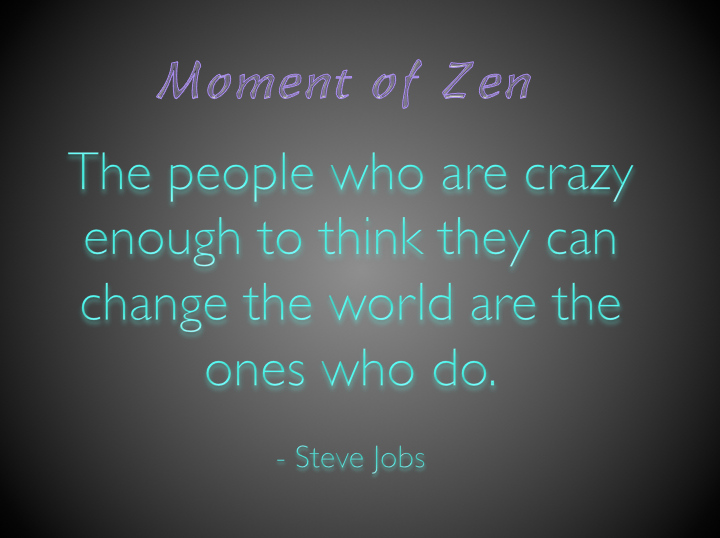
Technology Rules! …literally
Erin Dye
2014-07-24
Before the school-year begins, you need to establish clear guidelines for technology in your classroom. Whether your school is 1:1 iPads, shared laptop carts, or computer labs, students need to know what is expected of them when they power up technology tools.
8 rules for technology in the classroom:
-
“Apples Up!”: When teacher is talking, iPads must be face down on students’ desks.
-
Use two hands to carry iPads or laptops. “Hug it like you love it!”: Great for younger students. Reminds students to hold the device to their chest. “Both thumbs on top!”: Good for older students. Students should stack books or papers beneath the device, then carry everything together.
-
Never carry devices by a cover or lid.
-
No food or drinks near devices. No devices in the lunchroom!
-
Always use the app or website the teacher directed. No unauthorized apps or chatting.
-
Wash hands before using any shared devices. We all know how easy it is for germs to spread like wildfire in a classroom!
-
When technology time is up, save and power off quickly. Do not take iPad or laptop out of bag/desk/cart unless directed by teacher.
-
As a teacher, it also helps to set some guidelines for yourself when integrating technology into your lesson plans!
5 rules for technology in the classroom — for teachers:
-
Make sure the technology adds real value.
-
Set clear expectations and guidelines for students. Make sure they know the technology has real educational value and is more than a fun tool or distraction.
-
Before any student work appears online, get administration and parental permission. No last names or location information!
-
Test all apps and websites before having students use them. If there are bugs you’ll want to know what they are and how to fix them before class starts.
-
Be open to student choice. Technology allows students to create animations, record podcasts, or make infographics all from the same device. Give students the freedom to explore outcomes that interest them.
Once you’ve established these guidelines, you and your students can start to enjoy the many benefits of technology in the classroom!









